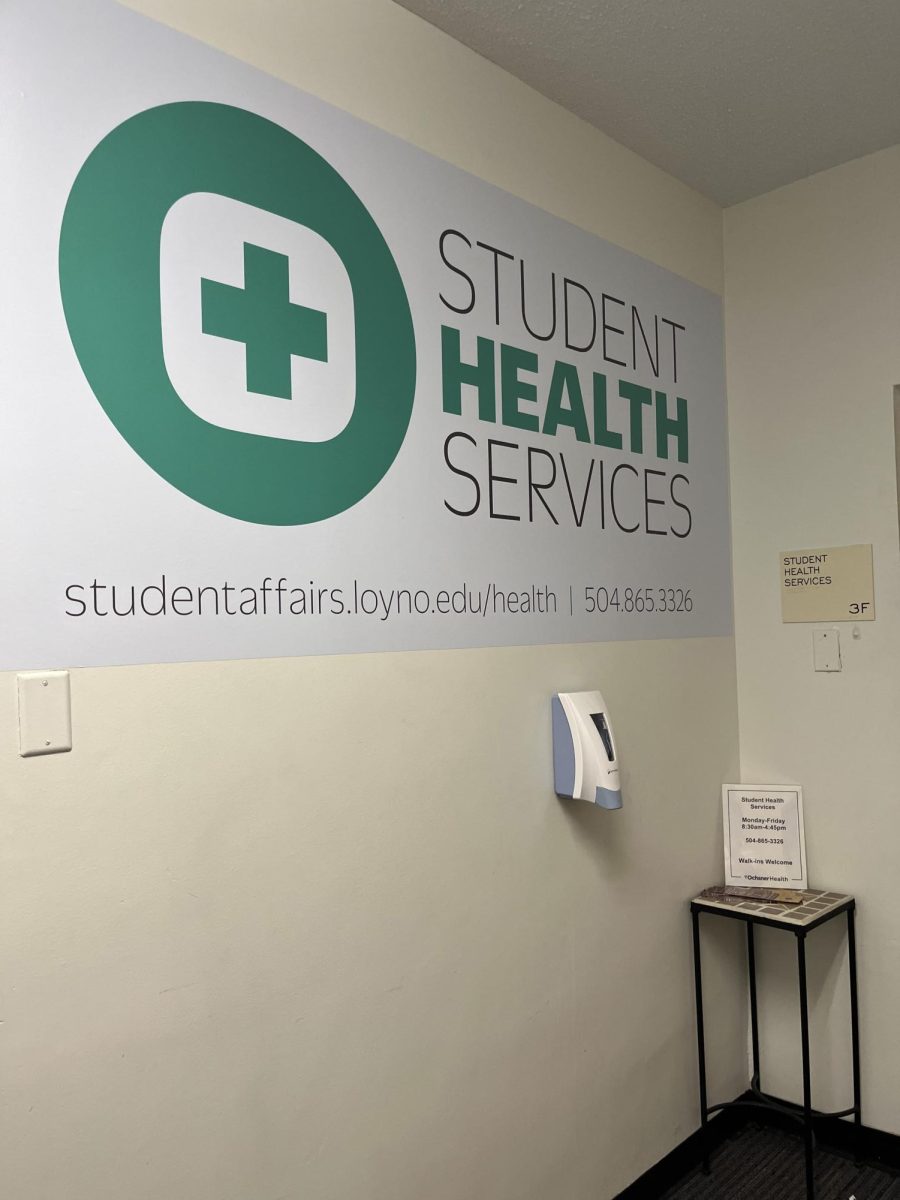One of President Obama’s major goals for higher education is to make it more affordable for more people. Obama wants to have the most college graduates in the world by 2020 and cut college tuition in half by 2022.
“President Obama has proposed expanding federal financial aid programs to increase access to higher education. He believes education is important in making the economy competitive in the twenty-first century. But it comes down to what Congress will agree to,” Cathy Simoneaux, interim director of the Office of Scholarships and Financial Aid, said.
During his first term, President Obama made progress in this field,
ending bank subsidies, doubling investments for Federal Pell Grants, which are grants awarded to undergraduate students from the federal government that do not have to be repaid. Currently they have a maximum value of $5,550. He also established a college tax credit. During his first term in office, he stopped student loan repayments at ten percent of family income and forgave loans after 20 years. His gainful-employment legislation insures that graduates’ loans are proportional to their earnings at for-profit colleges.
“For-profit colleges especially have a bad track record for recruiting students and encouraging them to take out loans, with the promise that they will get jobs after graduation. We need these loan regulations,” Philip Dynia, associate professor of
political science, said.
President Obama also invested
in community colleges to provide education and career-training programs. By implementing and expanding the post-9/11 G.I. bill, more than 800,000 veterans were able to pursue a college education. The G.I. bill gives educational benefits for up to 36 months to those serving 90 days or more in the military since Sept. 11, 2001. It also allows veterans to transfer benefits to their dependents.
For after-college plans, President Obama aims for job creation through various means. He wants to eliminate tax breaks for companies that ship jobs overseas. He has already signed 18 small business tax cuts for more job creation. He plans to extend income tax cuts for 97 percent of small business owners,
and by 2014 the health care reform tax credit will cover 50 percent of small businesses. His Dodd-Frank Wall Street Reform and Consumer Protection Act, signed in 2010, increased regulation of federal financial agencies and the financial service industry.
Dynia said that President Obama’s goals are ambitious.
“If he has a Republican house, which you might expect, there will be more actions taken by executive order. There are a whole slew of things a president can do by acting on his own without the approval of Congress, but not major reforms. We know that we have a house that is dedicated to opposing everything Obama proposes. We will probably see four more years of stalemate,” Dynia said.
Peter Burns, political science
professor, said that President Obama’s re-election means less radical change than if Romney would have won.
“Things will more or less stay the same. Obama will continue the things that he’s done. The presidents seem to have a harder time in their second term than their first term because they’re a laying duck. It’s harder to pass things for congress, because he’s on his way out. He can’t do very much in the future,” Burns said.
All information in this article regarding President Obama’s policies was found on his official website.
Jennie Gutierrez can be reached at [email protected]












